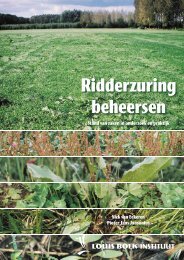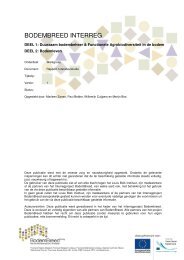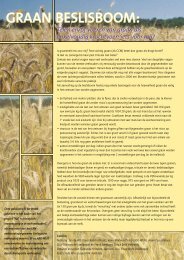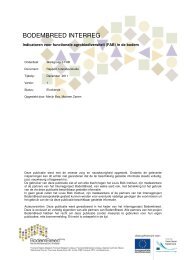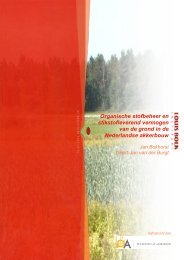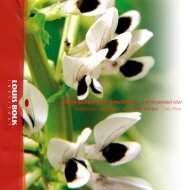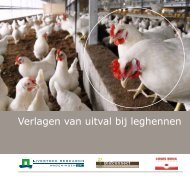Respiratory System Disorders and Therapy From a New - Louis Bolk ...
Respiratory System Disorders and Therapy From a New - Louis Bolk ...
Respiratory System Disorders and Therapy From a New - Louis Bolk ...
Create successful ePaper yourself
Turn your PDF publications into a flip-book with our unique Google optimized e-Paper software.
them rhythmically. Normally, the increased muscle tension results in a dearth of motility<br />
in the body where rhythmic movement is the norm, the thorax. Increasing motility <strong>and</strong><br />
conscious muscle relaxation can be achieved by specific physiotherapy for asthma.<br />
Also, anthroposophic therapies, such as eurythmy therapy <strong>and</strong> rhythmical massage<br />
therapy effectively support the motility of the chest region, <strong>and</strong> of the breathing in<br />
general, <strong>and</strong> can be used for the asthma patient (Hamre 2009). Art therapy can be of<br />
help to regain a more rhythmic function psychologically (Sinapius et al 2007; Hamre<br />
2009). In artistic activity, there is a continuous alternation between observation of the<br />
art product made so far <strong>and</strong> changing the product by the ensuing activity. Observation<br />
is related to inhalation, <strong>and</strong> actively changing the product is related to expiration. This<br />
point of view gives art therapy a rational base in the treatment of asthma.<br />
c. To decrease smooth muscle spasm in the bronchial tree, the so-called quick relief<br />
treatment belongs to st<strong>and</strong>ard treatment of asthma patients. It consists of ß2<br />
adrenergic agonists (sympaticomimetics) such as salbutamol orally or as inhalers <strong>and</strong><br />
anticholinergic inhalers. This therapy is effective as single drug therapy in two-thirds<br />
of the patients with an exacerbation. Another 5-10% responds to the addition of a ß2<br />
adrenergic agonist or anticholinergic, whichever had not yet been used. The remaining<br />
20-25% does not respond well in the acute phase to regular bronchodilator therapy<br />
(Harrison’s 2008). Effects can be measured with peak expiratory flow rate (PEFR) or<br />
FEV1.<br />
Approximately 20-25% of the acute patients does not respond to st<strong>and</strong>ard asthma<br />
therapy <strong>and</strong> need to be admitted to a hospital when they have an acute attack. A<br />
small number of these patients may need ventilator assistance in an intensive care<br />
setting (Harrison’s 2008). The relaxation of striated <strong>and</strong> smooth muscle spasm, <strong>and</strong> the<br />
more relaxed inhalation state will also decrease the acidosis that is present (Manthous<br />
2001).<br />
Also effective in (sub) acute exacerbations is the anthroposophical medication<br />
Lobelia comp., which can be given as subcutaneous injections or as an oral medication<br />
(Hamre 2009). Lobelia cp. is also helpful in stress-induced asthma when given<br />
beforeh<strong>and</strong>. It can be used instead of — or in addition to — sympaticomimetic or




